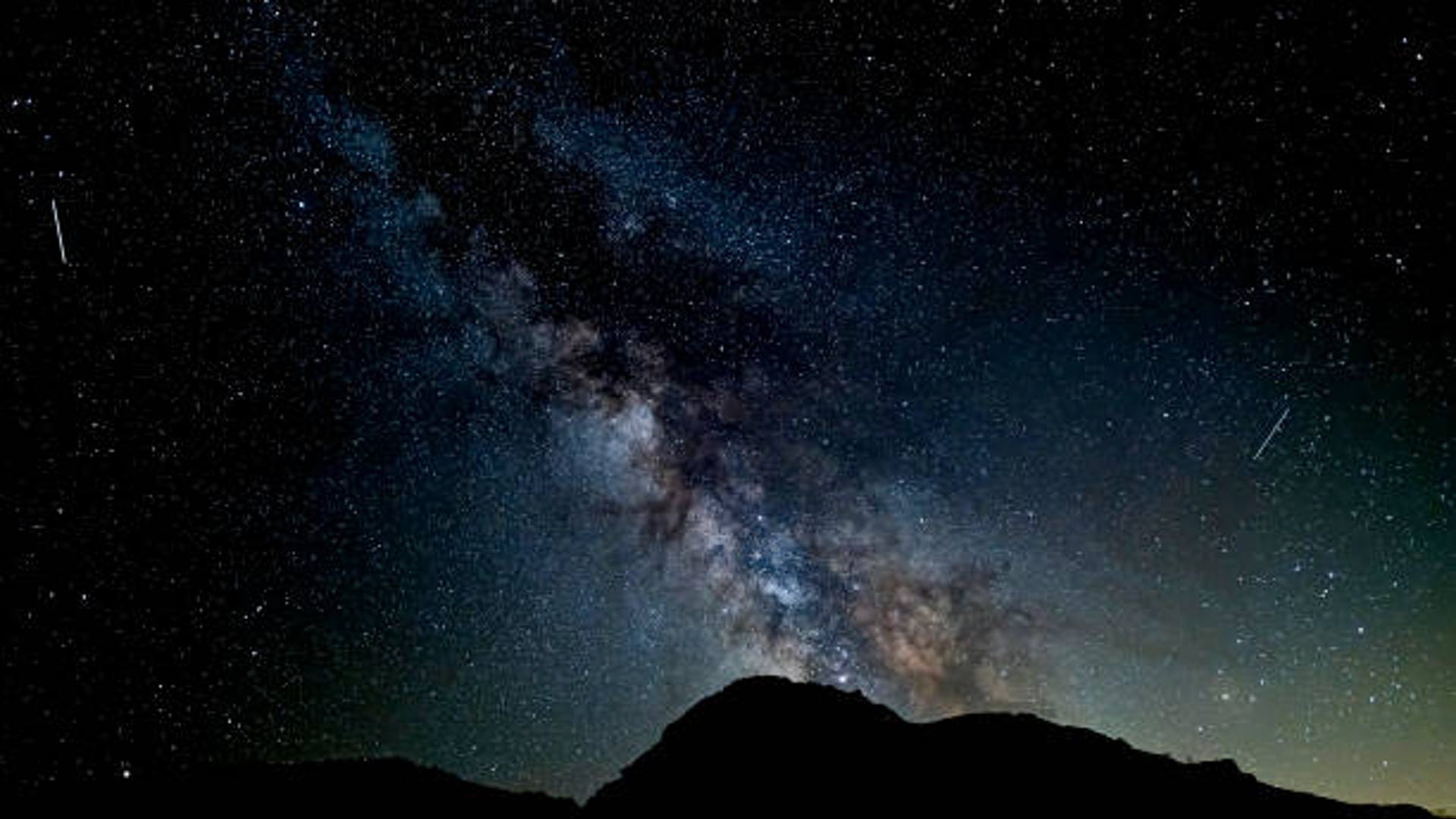Is Earth’s rotation speeding up? Why today, July 22, may be another of 2025's shortest days
Experts say Tuesday, July 22, could end up being the shortest day of all of 2025.

- Earth takes 24 hours to complete a full rotation in a standard day, equal to exactly 86,400 seconds.
- July 9 was the first of three days in which a millisecond or more could be shaved off the clock on account of how the moon's position relative to Earth is influencing our planet's rotation.
- Aug. 5 is expected to be the third and last day of 2025 to be uncharacteristically short.
As if it's not already hard enough to find the time to do everything you need to do in a day, now you're about to lose another whole millisecond or more.
In fact, experts say Tuesday, July 22, could end up being the shortest day of all of 2025.
If that sounds familiar, it's because an earlier day in July was also expected to be uncharacteristically short. July 9 was the first of three days in which a millisecond or more could be shaved off the clock on account of how the moon's position relative to Earth is influencing our planet's rotation.
Here's what to know about why Earth's rotation is speeding up, and why it will shorten those three days this summer.
Is Earth's rotation speeding up?
Earth takes 24 hours to complete a full rotation in a standard day, equal to exactly 86,400 seconds.
If a standard day is shortened or lengthened by a number of milliseconds, that added or detracted time is referred to as "length of day," according to the website TimeAndDate.
Until 2020, the shortest "length of day" ever recorded by atomic clocks was -1.05 ms, meaning that Earth completed one daily rotation in 1.05 milliseconds less than 86,400 seconds.
"Since then, however, Earth has managed to shatter this old record every year by around half a millisecond," astrophysicist Graham Jones wrote for TimeAndDate.
That culminated on July 5, 2024 with the shortest day of all time, with a "length of day" of -1.66 ms, according to Jones.
While the variations are expected, recent research suggests that human activity is also contributing to Earth's changing rotation. Researchers at NASA calculated that dwindling ice and groundwater and rising seas has actually increased the length of our days since 2000 by 1.33 milliseconds per century.
Will the Earth spin faster July 22? Is July 22 the shortest day?
Scientists anticipate that Earth's rotation will quicken enough to create three shorter days between July and August.
The first was expected July 9, which had a predicted -1.30 ms "length of day," according to TimeAndDate.
Initial estimates, which still must be officially confirmed, indicated that "the length of day" ended up being -1.23 ms. But the following day, July 10, was even shorter, with an unofficial -1.36 ms "length of day," according to TimeAndDate.
Another two days in 2025 are also expected to be uncharacteristically truncated – starting with Tuesday, July 22. Scientists have updated their previous calculations to predict a -1.34 ms "length of day" July 22, followed by a -1.25 ms "length of day" Aug. 5.
On these days, the moon will be at its furthest from the Earth's equator, changing its gravitational pull and causing our planet to spin just a tiny bit faster on its axis, according to science news website LiveScience.
Will the sped-up day be noticeable?
Of course, you're unlikely to notice such a miniscule difference in your standard 24-hour day.
But scientists who track and operate atomic clocks may be facing a bit of a predicament.
First introduced in the 1950s, atomic clocks replaced how scientists previously measured the length of a day by tracking the Earth's rotation and position of the sun. The clocks are also capable of measuring in billionths of a second, or nanoseconds, which are synchronized globally to Coordinated Universal Time (UTC.)
If the clocks are thrown off even a tiny amount, it could also throw off computers, servers, GPS signals and other networks that rely on accurate times, David Gozzard, an experimental physicis at the University of Western Australia, told the Guardian.